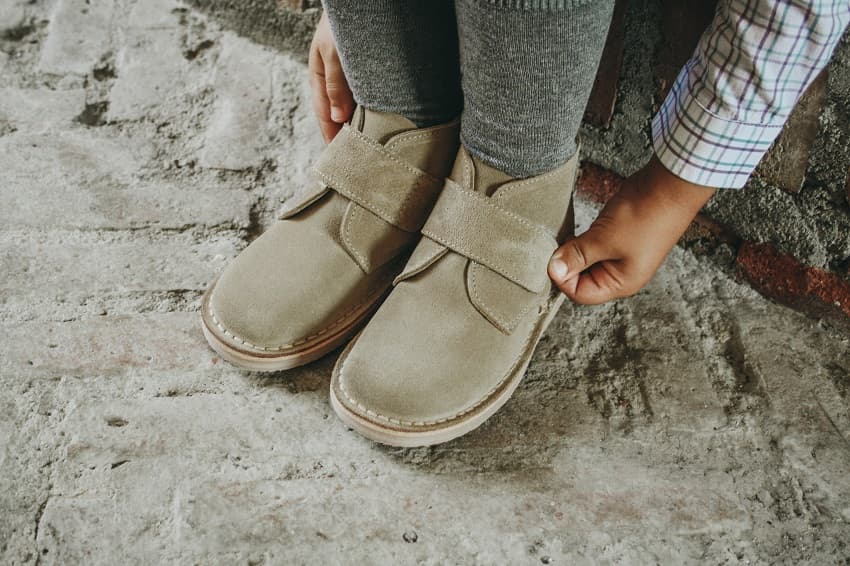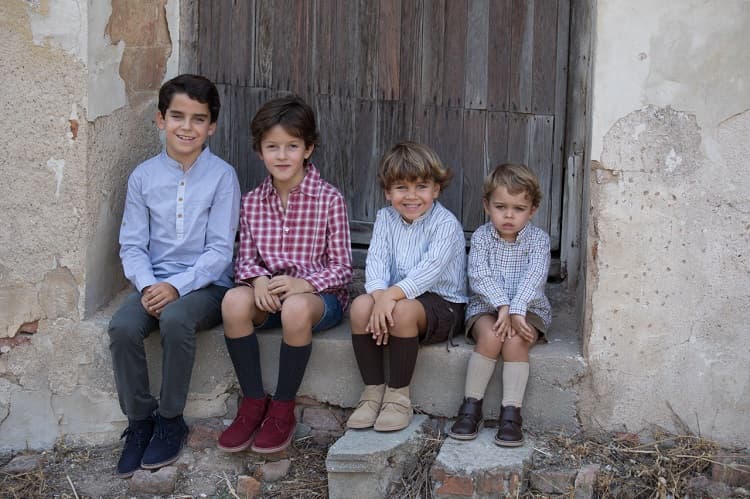![Image src=]()
To correctly measure small children's feet and find out what size is right for them, the best thing to do is start by finding out the size of a shoe that fits them well and that they feel comfortable in. With a ruler, measure the insole (never the outer side of the sole) of said shoe and compare it with our table of sizes.
--If you don’t have a ruler to hand or if you aren’t sure that you've reached the toes inside the shoe, we're going to show you the typical way to find out the measurement straight from your child’s foot. For this, place their foot on a piece of paper and follow these steps:
1- Place the heel and the sheet of paper against the wall.
22- Make sure the weight is fully on the sole of the foot, and that it’s straight. Remember that if they don’t put their weight on it or have their toes screwed up then the measurement will be incorrect.
3-Make a mark where the longest toe ends, and measure (in centimetres) the distance, in a straight line, between the edge of the paper that was against the wall and the mark next to their toe.
4- 4- Compare this measurement in centimetres with the table of sizes for the product you want to buy and round up to the size higher than your measurement, as it’s best for them to have about 0.5 centimetres of space, as explained earlier.
5- If the foot measurement has come out at, say, 15.3, you should go for size 25, which corresponds to 15.7. If, however, you get 15.6, it’s probably better for you to opt for size 26, as 25 will be a little tight. If you have to go for, as in this last case, a size that’s a little too big, you can fix the problem by adding an extra insole so that it’s a tighter fit.




